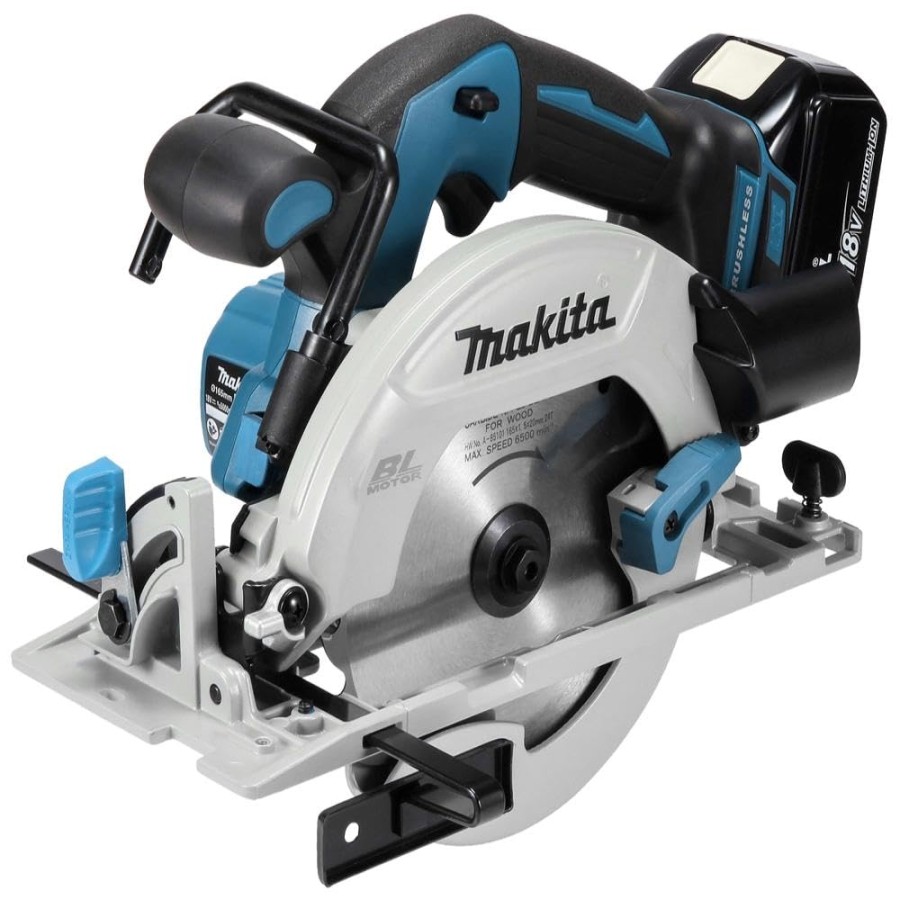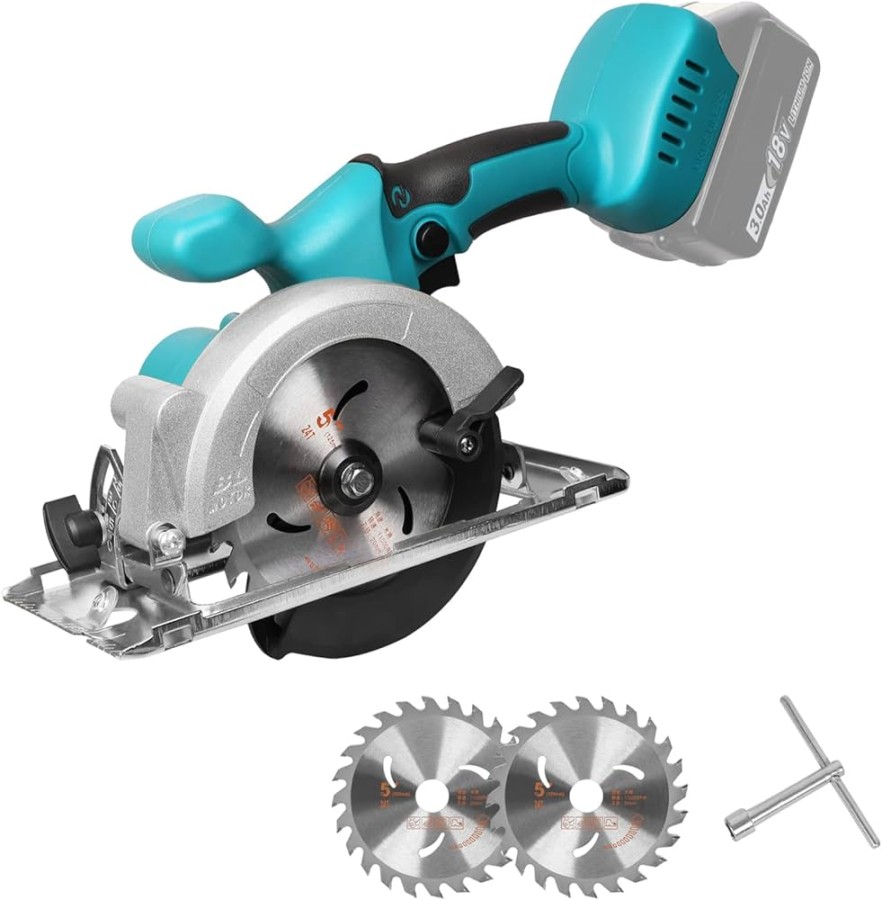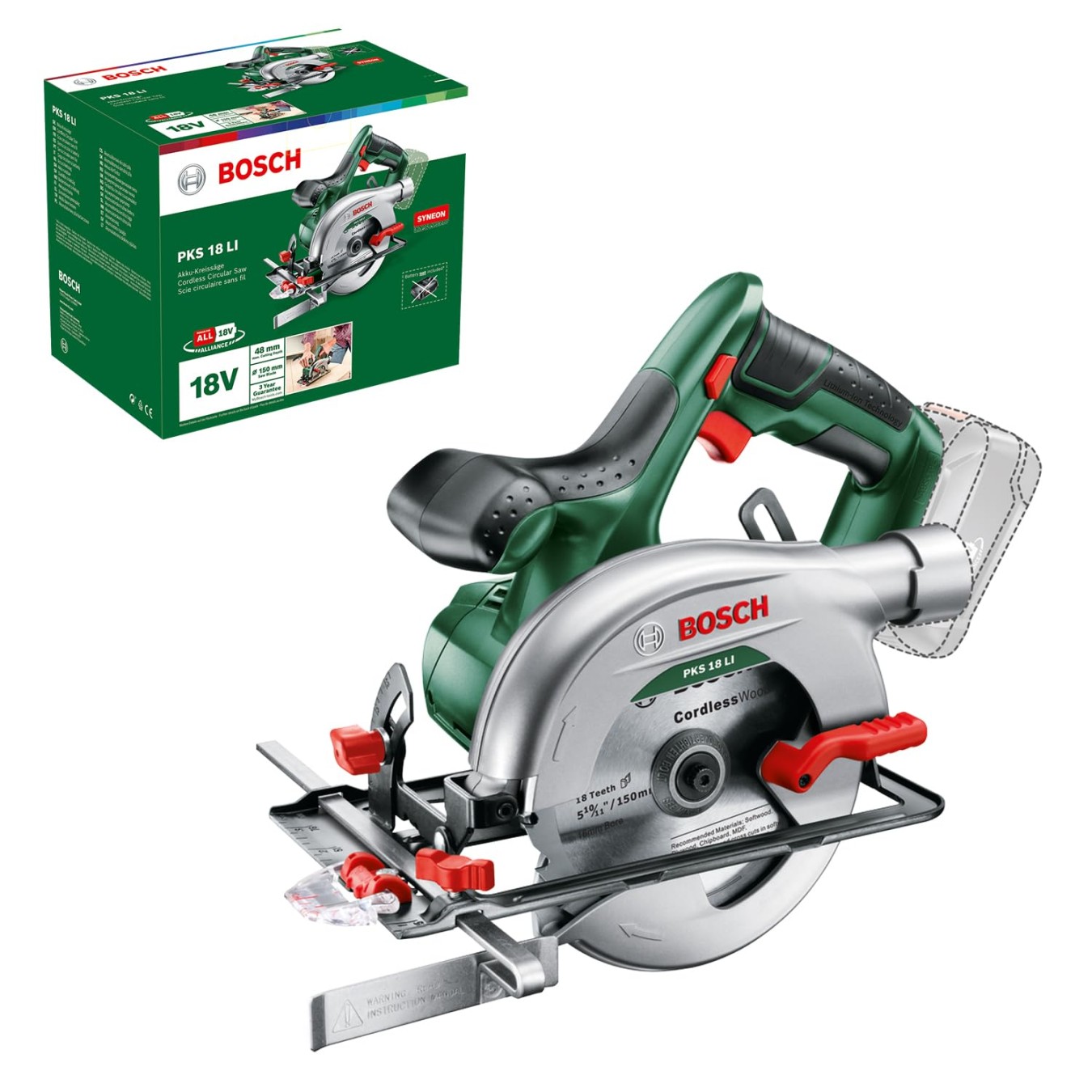Cordless circular saws have become increasingly popular for DIYers and professionals alike. They offer the convenience of portability without sacrificing cutting power. This review explores the key factors to consider when choosing a cordless circular saw, along with the advantages and disadvantages of these versatile tools.
Key Considerations

When selecting a cordless circular saw, consider the following factors:
- Blade size: A larger blade diameter allows for deeper cuts. Common cordless circular saw blade sizes range from 150mm (6 inches) to 184mm (7.25 inches).
- Battery platform: Ensure the saw is compatible with an existing battery system to avoid additional battery and charger costs.
- Motor power: A higher wattage motor indicates more power for tougher materials.
- Features: Look for features like a laser guide for cutting accuracy, bevel cutting capability for angled cuts, and a dust port for dust management.

Advantages of Cordless Circular Saws
Cordless circular saws offer several advantages over their corded counterparts:

- Increased Maneuverability: The lack of a cord allows for greater freedom of movement and easier use in tight spaces.
- Convenience: No need to search for outlets or deal with tangled cords.
- Safety: Eliminates the tripping hazard of a cord.
Disadvantages of Cordless Circular Saws
There are also some limitations to consider:
- Run time: Battery life can be limiting, especially for larger projects. Multiple batteries are recommended for continuous use.
- Power: Cordless saws may not be as powerful as corded saws, which can be a drawback for very thick or hard materials.
Conclusion
Cordless circular saws are a valuable addition to any toolbox, offering portability and convenience for various cutting tasks. By considering the factors mentioned above, you can choose a cordless circular saw that meets your specific needs and budget. Remember, corded saws might be a better option for heavy-duty use due to their extended power.


